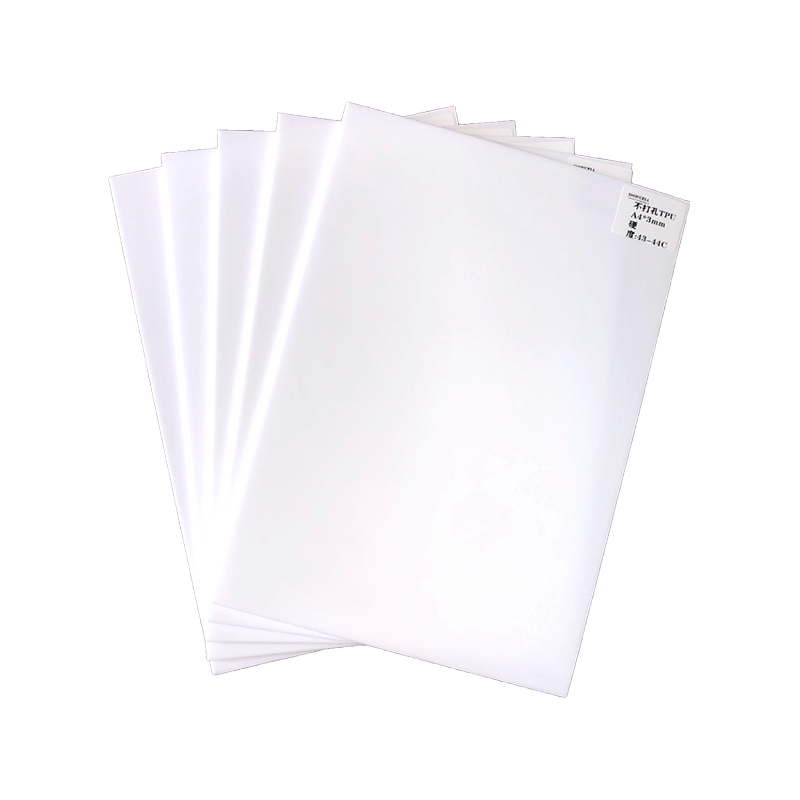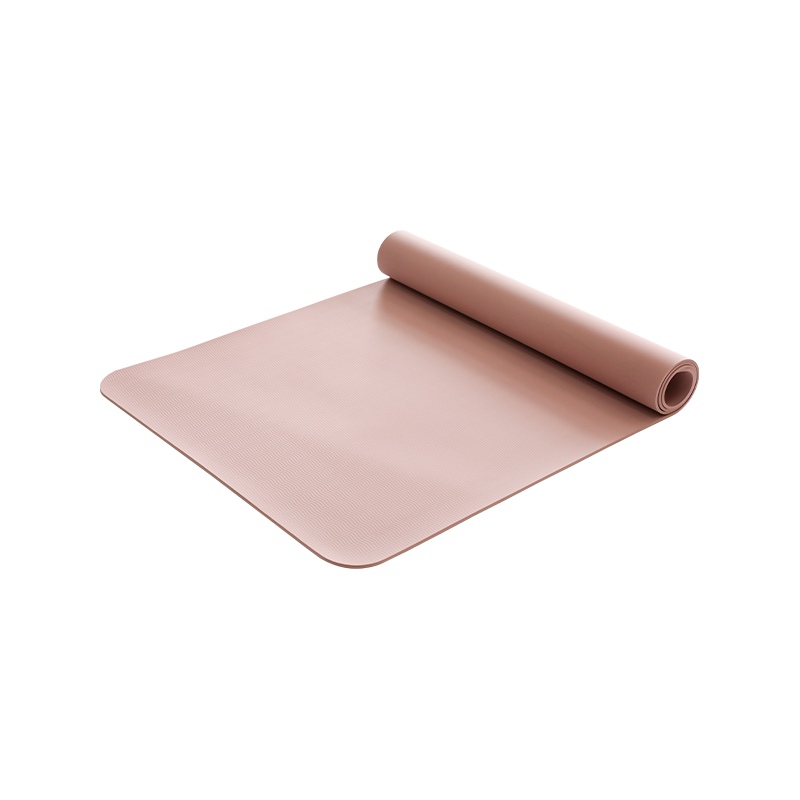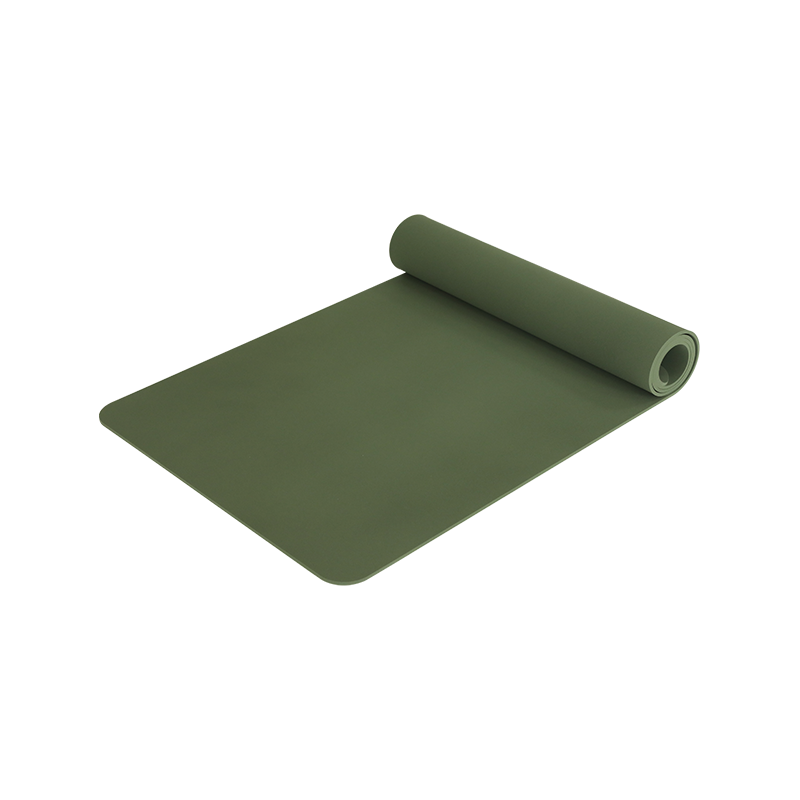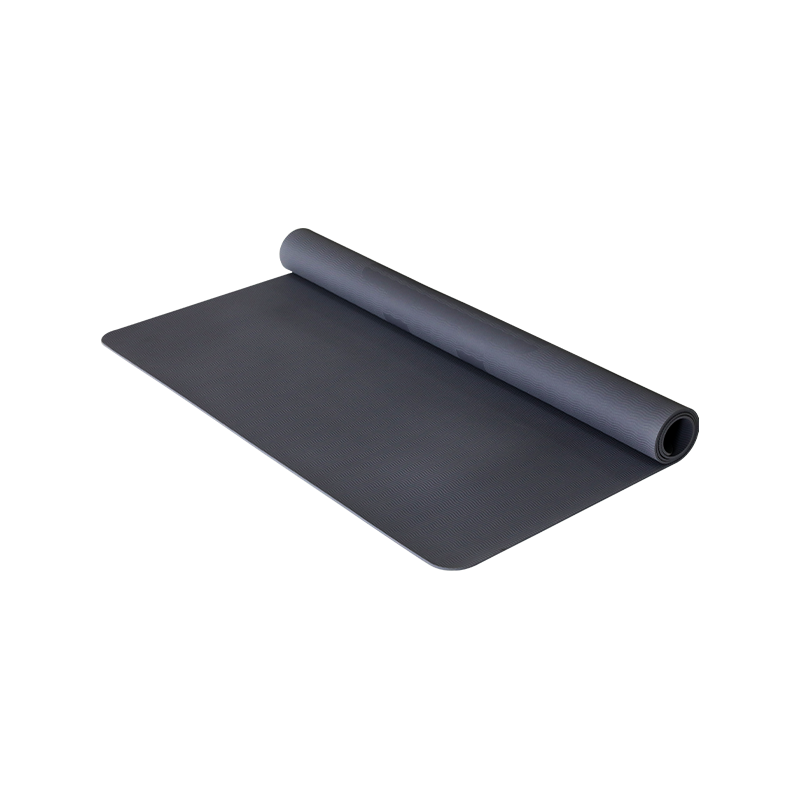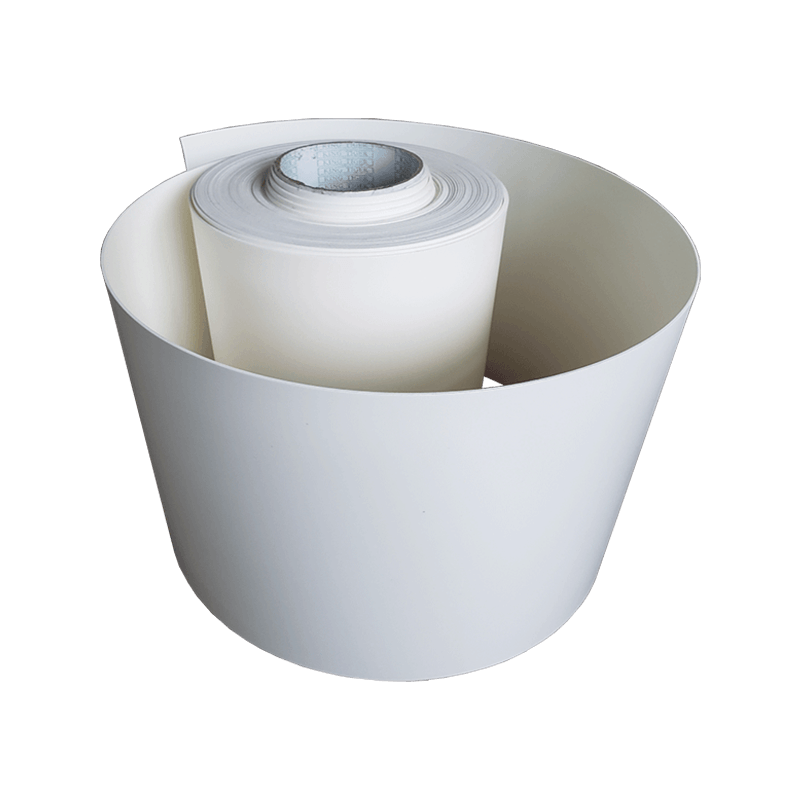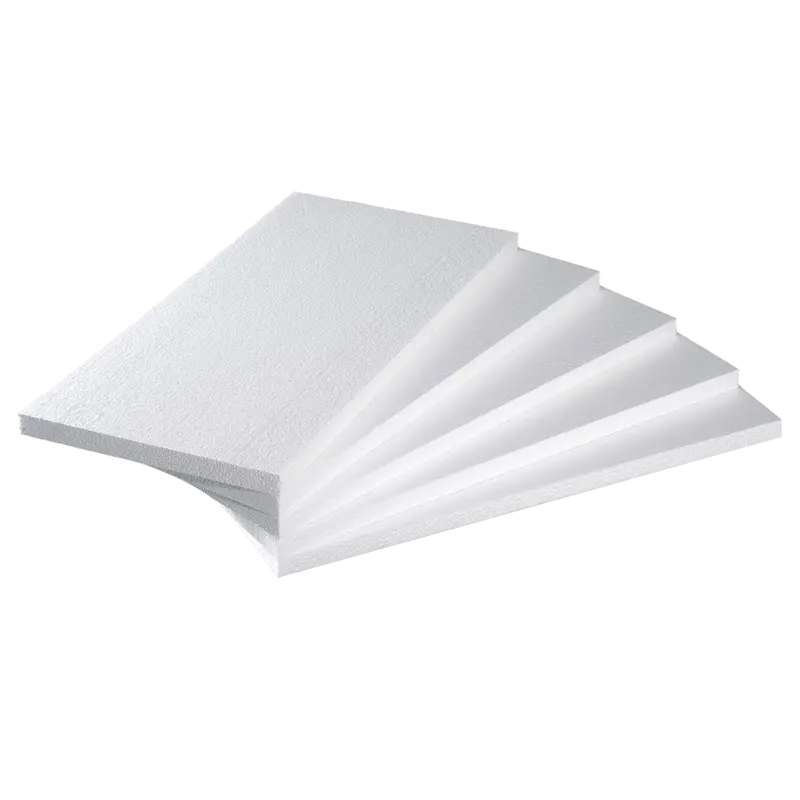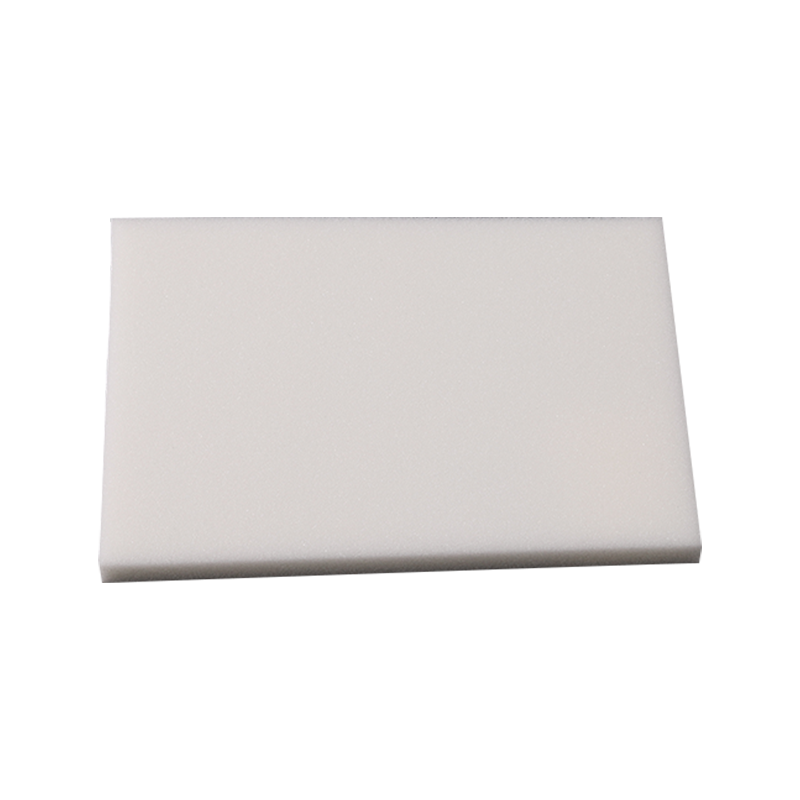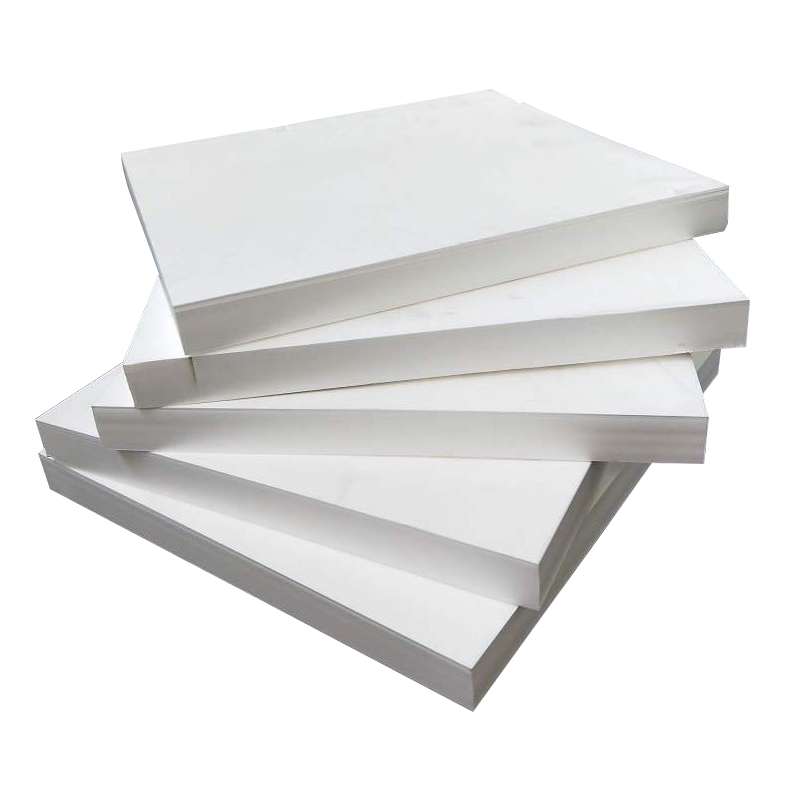Home / News / Analysis of Supercritical Foaming Technology of Perforated TPU Foam Sheet
Perforated TPU foam sheet is based on thermoplastic polyurethane (TPU). This polymer material itself has both the elasticity of rubber and the plasticity of plastic, and has excellent wear resistance, oil resistance, low temperature resistance and impact resistance. In the foaming process, the product uses clean supercritical carbon dioxide as a foaming agent. This choice avoids the environmental pollution and residue problems that may be caused by traditional chemical foaming agents, and achieves efficient and uniform foaming effects through the special physical properties of carbon dioxide in the supercritical state. In the production process, supercritical carbon dioxide can fully fuse with the TPU matrix under specific temperature and pressure conditions to form a homogeneous system. When the system pressure is suddenly released, carbon dioxide quickly precipitates from the matrix, forming a large number of fine and evenly distributed micropores inside the TPU.
The influence of microporous structure on the performance of perforated TPU foam sheet
The microporous structure is the key factor for perforated TPU foam sheet to achieve multifunctional characteristics. The size and distribution uniformity of the micropores formed by supercritical carbon dioxide foaming directly affect the mechanical properties of the material. The fine and uniform distribution of micropores enables the material to disperse stress through the compression and rebound of micropores when subjected to external forces, thereby showing good elastic recovery ability and fatigue resistance, and it is not easy to be permanently damaged after multiple deformations. This feature allows the product to maintain a long-term stable use state in scenarios where repeated forces are required. The combination of microporous structure and surface perforation constructs efficient internal channels and external communication paths. The micropores are interconnected, and combined with the surface perforations, a three-dimensional breathable network is formed, which effectively improves the air and moisture conduction efficiency of the material and avoids the stuffiness or water accumulation problems that may occur in traditional closed-cell foams. The microporous structure gives the material a lower thermal conductivity, which enables it to have certain thermal insulation and heat preservation properties, can reduce heat transfer in an environment with large temperature differences, and provide a stable temperature environment for the application object.
The optimization effect of perforation process on the function of TPU foam sheet
As an important link in the production of perforated TPU foam sheet, the perforation process is not a simple physical processing, but a precise regulation and optimization of the material function. The perforations formed on the surface of the foam sheet by this process are designed according to the application requirements of the product to achieve a balance between function and performance. The presence of perforations will not destroy the integrity of the microporous structure inside the material, but will form a synergistic effect with the internal micropores to further improve the comprehensive performance of the material. From a functional perspective, the perforation process first solves the problem of insufficient air permeability of traditional foam sheets. In scenarios where close contact with the human body or other objects is required, perforations can accelerate air circulation, discharge water vapor in time, and keep the contact surface dry and comfortable. The perforated structure is conducive to the application of materials in the field of fluid control. In filtering or diversion scenarios, perforations can be used as channels for fluid in and out, and combined with the adsorption and barrier effects of internal micropores, precise control of the fluid can be achieved.
Material properties and environmental advantages of perforated TPU foam sheet
Perforated TPU foam sheet has excellent physical properties while also showing outstanding environmental protection characteristics and safety of use. Since supercritical carbon dioxide is used as a foaming agent, the entire production process does not require the use of volatile organic compounds or harmful chemicals, reducing pollutant emissions from the source, which meets the requirements of modern industry for green production. TPU material itself has good recyclability, and discarded perforated TPU foam sheet can be degraded or reprocessed through specific processes to reduce the burden on the environment and achieve material recycling. During use, the product exhibits stable chemical inertness, is not easy to react with other substances, and will not release harmful substances. It can be safely used in fields with high requirements for material safety, such as food contact and medical protection. Its aging resistance is also excellent. Under the influence of environmental factors such as light, temperature changes and chemical corrosion, the structure and performance of the material are not easy to deteriorate significantly, and it can maintain a stable use state for a long time, reducing the replacement cost and waste disposal pressure caused by material aging.


 English
English
 Español
Español

 ++86-0512-66079229
++86-0512-66079229
